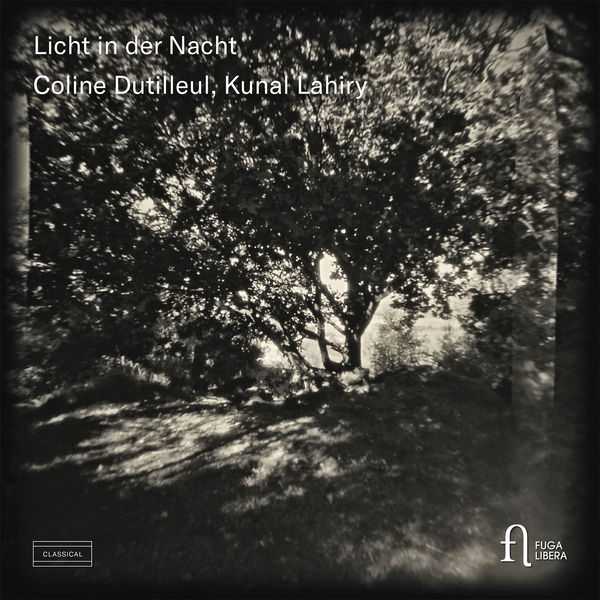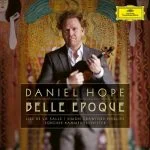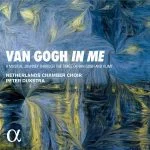

Composer: Alban Berg, Lili Boulanger, Nadia Boulanger, Claude Achille Debussy, Alma Mahler, Maurice Ravel, Arnold Schoenberg, Alexander von Zemlinsky
Performer: Kunal Lahiry, Coline Dutilleul
Format: FLAC (tracks)
Label: Fuga Libera
Catalogue: FUG810
Release: 2022
Size: 1.02 GB
Recovery: +3%
Scan: yes
Zemlinsky: Fantasien über Gedichte von Richard Dehmel, Op. 9
01. No. 1, Stimme des Abends
02. Boulanger L: D’un vieux jardin
03. Boulanger L: Reflets
04. Boulanger N: Un grand sommeil noir
Boulanger L: Clairières dans le ciel
05. No. 6, Si tout ceci n’est qu’un pauvre rêve
Schoenberg: 4 Lieder Op. 2
06. No. 1, Erwartung
07. No. 2, Schenk mir deinen goldenen Kamm
08. No. 3, Erhebung
09. No. 4, Waldsonne
Debussy: Trois chansons de Bilitis
10. No. 1, La flûte de Pan
11. No. 2, La chevelure
12. No. 3, Le tombeau des Naïades
Ravel: Deux épigrammes de Clément Marot
13. No. 1, D’Anne qui me jecta de la neige, M. 21
14. No. 2, D’Anne jouant de l’espinette, M. 10
Mahler A: 5 Lieder
15. No. 1, Die stille Stadt
16. No. 2, In meines Vaters Garten
17. No. 3, Laue Sommernacht
18. No. 4, Bei dir ist es traut
19. No. 5, Ich wandle unter Blumen
Berg: Vier Lieder, Op. 2
20. No. 1, Aus Dem Schmerz sein Recht
21. No. 2, Schlafend trägt man mich in mein Heimatland
22. No. 3, Nun ich der Riesen Stärksten überwand
23. No. 4, Warm die Lüfte
“What could be more fascinating than the play of light and shadow? To descend into sensual melancholy, to dare to be fragile and to reveal oneself in its depths and inner nuances. I find that one way of illustrating this complexity of the senses is to compare two musical and pictorial schools: French Impressionism and German Expressionism. The colours and timbres employed by these two schools have long fascinated me just as much as the extreme refinement and detail of the paintings and compositions themselves. Each painter and composer explored the depths of the human soul in his or her own manner.
This programme of works composed between 1899-1914 that laid the foundations for modern music is intended as a bridge between Expressionism and Impressionism. This parallel does not claim to illustrate their differences but rather to highlight their common points, to reveal the voluptuous and almost decadent sensuality of these two currents as well as their geographical and stylistic contrasts” (Coline Dutilleul)



